Our first full day in the Bahamas was slated to be our big birding day. Having done a fair bit of research before setting out, I realized that we couldn’t possibly experience the best of New Providence birding on our own. We sought too many rarities with too small a window for success. So, I arranged a tour with Carolyn Wardle of Bahamas Outdoors. Carolyn seems to be the Bahamian birding ambassador to the world, pretty much the first and last name in ecotourism here. That’s an awesome mantle of responsibility to assume, but Carolyn seems strong and skilled enough to bear it. She certainly transformed our potentially disappointing trip into something spectacular.
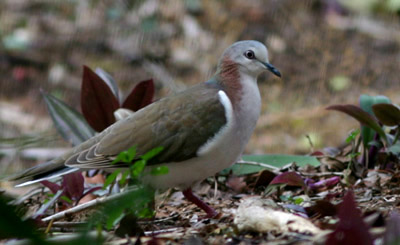
Caribbean Dove
The problem with New Providence and Paradise Island, if I may be so bold, is that ecotourism, actually environmentalism of any sort, seems to be of little importance to the powers that be. What I observed in my experience of Paradise Island and the northeastern quadrant of New Providence was lots of ostentatious resorts and infrastructure, but precious little habitat. Bush, as they call it there, had no value of its own. What habitat exists in this area is fractured, with gated parcels of 11 acres here or 18 acres there. The good news is that the birds are getting by thanks to a providential array of feeders, gardens, and other oases. With the right guide, you might be able to locate local species at different links on this support chain. I’m pleased to say that we had the right guide.
I had sent Carolyn our list of target birds, all Caribbean specialties and endemics. She pragmatically eliminated all the unrealistic ones, the birds that don’t appear with any frequency on the islands we were visiting. The remaining birds, though, she attacked with expert efficiency. Caribbean Dove and Bahama Woodstar were found at the breathtaking Bahama National Trust. Thick-billed Vireo and Painted Bunting, the latter an indescribably brilliant male joined by his more modest mate, turned up at a feeder in a residential neighborhood. Cuban Grassquits are found reliably at a different feeder next to the parking lot of the Chamber of Commerce. We even found Bahama Mockingbird, much tougher to locate than its bold northern kin, and Greater Antillean Bullfinch in the backyard of a very friendly woman who happened to invite us in to take a look around. Carolyn’s unconventional circuit brought us memorable looks at nearly all our target birds.
Warblers in full breeding plumage were common everywhere we went; though most of them were Palms, we also spotted plenty of Prairie, Cape May (new for us), Yellow-rumped, and redstart. Singletons included Black-throated Blue, Black-throated Green, Ovenbird, and Northern Parula. We found our life Loggerhead Kingbird, which looks a lot more like an Eastern Kingbird than I expected, and La Sagra’s Flycatcher, which looks a lot less like other Myiarchus flycatchers than I expected. Old Caribbean favorites like Red-legged Thrush and Bananaquit appeared next to American beauties like Indigo Bunting. At the end of a long morning, we had ticked off all but two of our targets, the Western Spindalis and Cuban Pewee. However, we hadn’t counted on the psychedelic Painted Bunting or a flyover of Cuban Parrots, which shouldn’t have been there but fortunately were, so the count evened out. What a fantastic trip!
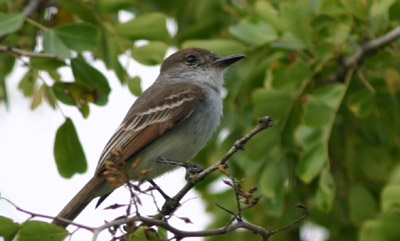
La Sagra’s Flycatcher



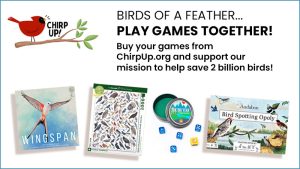

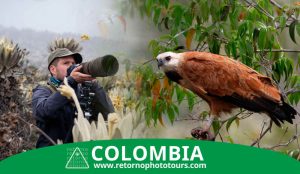
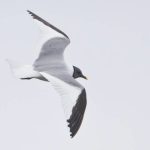
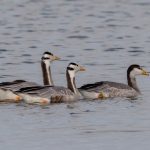
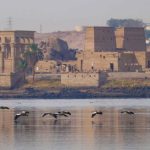
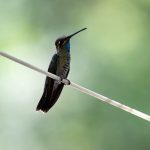

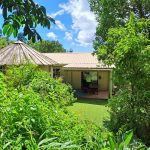
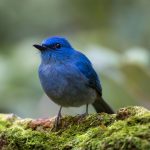
Very beautiful bird. Nice photo. :))) Enjoyed reading about your bird watching experience in Bahamas.
Nice web…I will post about birds peru